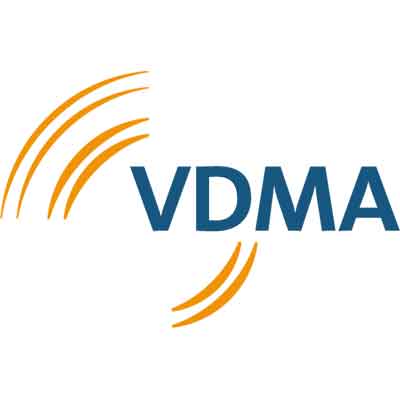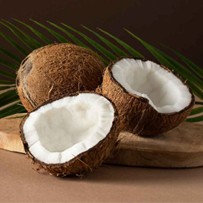
With its patented Cera2Heat technology, Watttron GmbH allows a targeted heat transfer into thermoplastic films and sheets for thermoforming. The process convinces through its significant process improvements as well as material and energy savings. To see it work, visit the VDMA Technology Lounge in hall 5 / J38, where the VDMA presents ideas and solutions for tomorrow’s machines in cooperation with partners from industry, science and research.
The problem with conventional heating equipment for thermoforming systems is that, depending on the process, cups or trays can be produced either with relatively stable side walls, but critical thin bottom plates – or vice versa. This is mainly due to the homogeneous heat distribution generated over the entire thermoform film. The engineers at watttron GmbH use their Cera2Heat to tackle precisely this problem. The company is a start-up spin-off from the Institute for Processing Machinery and Mobile Work Machinery at the Dresden University of Technology and the Fraunhofer Institute for Processing Machines and Packaging Technology Dresden.
The core of the Cera2Heat process consists of ceramic heating plates, which can be individually controlled, for the purpose of heating thermoplastic thermoforming films and sheets. The small dimensions of the heat pixels of only 5 mm x 5 mm allow generating precisely defined heat profiles. To achieve this, Watttron has developed a calculation and control program. Thanks to their modular design, several of these ceramic heating plates can be combined just like Lego bricks to form virtually any heating surface.
The specifically inhomogeneous heat distribution improves the moulding behaviour of the plastics, so that manufacturers of thermoforming systems can dispense with preforming stretch rods. This, in turn, saves equipment and energy, reduces the complexity of equipment and avoids stamp marks. Due to the better shaping behaviour, operators can also use thinner wall materials. This means material savings of up to 30 percent and – as a result – lower material and transport costs, less resource consumption, more sustainability as well as significant savings in energy costs. The latter can be further reduced by pulsed operation. Where flexibility is concerned, Cera2Heat also convinces as new temperature profiles are calculated within seconds. The subsequent installation of these intelligent heating modules in older thermoforming systems is an economically highly interesting option that will improve the performance and output quality of these systems, for example in the context of retrofit measures.
Interested visitors will be able to find out about these and other innovations as well as practical research results from the partner companies at the VDMA booth in Hall 5 / J38.






